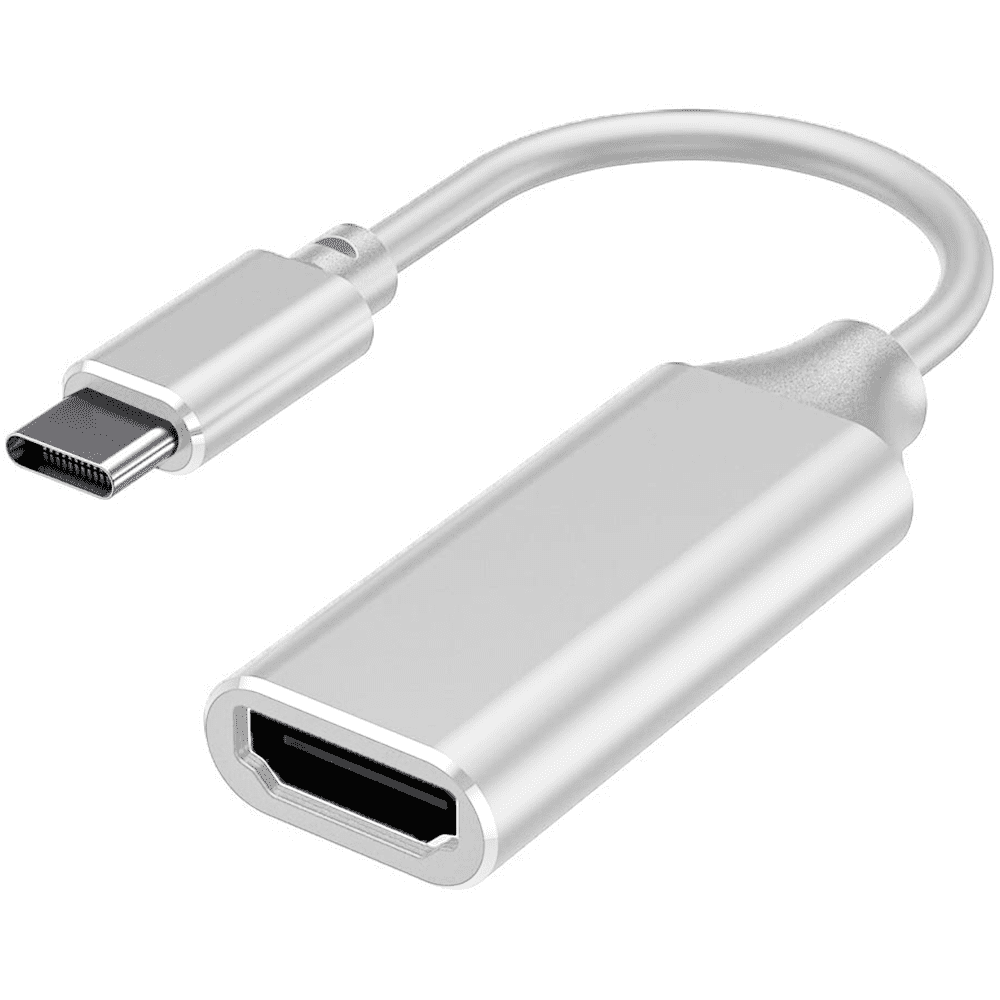
Yes, the AirPlay feature can also export a screen to show up on a TV through an Apple TV box, but the HDMI method has several distinct advantages it’s cheaper, resource usage is considerably less, there are no slowdowns, the video quality does not depend on network latency, and it’s just generally much more versatile, making the only real downside to the HDMI approach being the physical cable connectivity. HDMI is really the best way to connect a MacBook Air, MacBook Pro, MacBook, iMac, or Mini to an HDTV screen, whatever your intended usage purpose is. The result will be the Mac exporting both video and audio signals to the TV. We’re going to focus on connecting any newer Mac to any fairly modern TV by way of a physical HDMI connection, thus, a few third party accessories will be necessary for the task. The 2023 Macs support HDR10, HLG and Dolby Vision but Apple did not specify whether HDR (10-bit) is also supported for 4K 240Hz output over HDMI 2.1.Ever wanted to connect a Mac to a TV screen? Maybe you want to use the TV as a giant external monitor, to play games on a big screen, or just for video playback and movie streaming? It’s actually quite easy to do, and we’ll cover the entire process from start to finish.

There is no mention of AV1 hardware decoding on M2 Pro and M2 Max. The built-in LCD displays are also limited to maximum 120Hz refresh rate. It is worth noting that Apple's ProMotion VRR system supports up to 120Hz maximum in the 2023 MacBook Pros. This monitor must support DSC over HDMI 2.1, too. Now you just need to find an external monitor capable of 4K at 240Hz. Many AAA games are not even available for macOS, but support for 4K 240Hz over HDMI is nevertheless a milestone that lays the foundation for much improved motion, higher video frame rates, and a much smoother overall experience as well as future devices such as the Mac Pro or even the Apple TV – just imagine that. M2 Pro has up to 19 GPU cores and M2 Max up to 38 GPU cores. The 2023 Mac mini and Macbook Pros with M2 Pro and M2 Max will not be able to run AAA games in 4K at 240fps – GPU performance estimates point to 6.8 to 13.6 TFlops. Update: Nvidia also support 4K 240Hz over HDMI 2.1a. Photo: Apple Using Display Stream CompressionHDMI 2.1's bandwidth (FRL) enables up to 4K 120Hz uncompressed, but video output can be pushed higher with the use of VESA's Display Stream Compression, or DSC, which is a visually lossless low-latency video compression method.ĭSC is already utilized on Nvidia's RTX 40 graphics cards to enable 4K 240Hz over DisplayPort 1.4a, but Nvidia's HDMI output is limited to maximum 4K 120Hz.


 0 kommentar(er)
0 kommentar(er)
